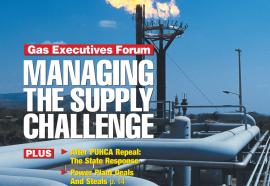Back to the Future: The New Corporate Raiders
A rise in shareholder activism poses questions for companies with lagging share performance.
The rise in shareholder activism could spur some companies with lagging share performance to initiate or accelerate strategic initiatives, including separation of functionally disparate businesses, MLP formation, selling non-core operations, or selling the whole kit and caboodle. That said, there is value creation, and then there is looting.










